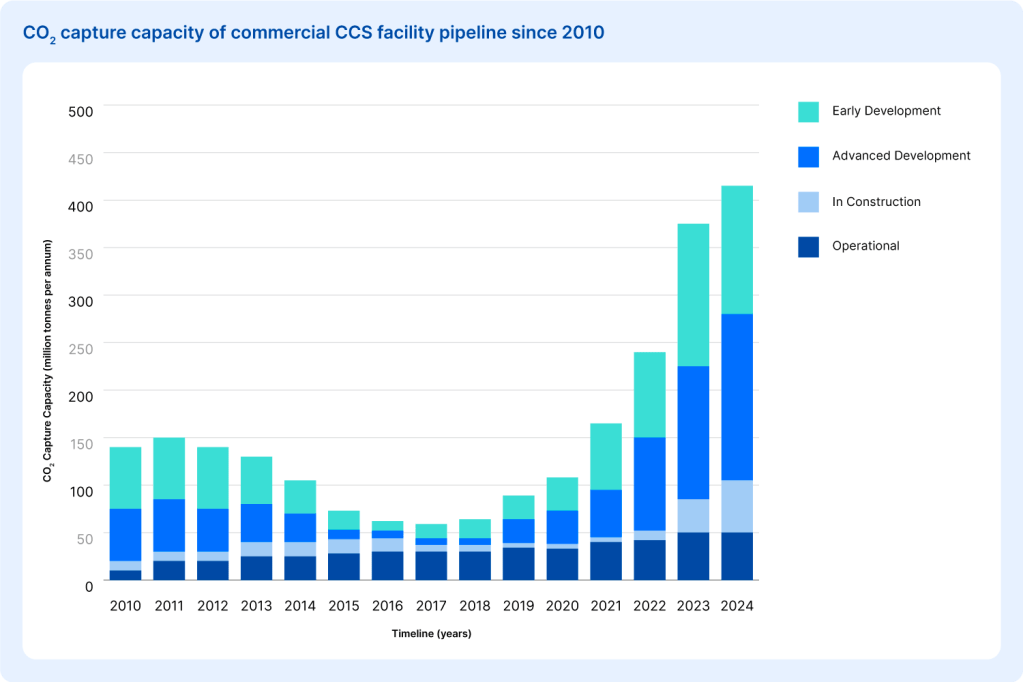A pioneering scheme to limit the growth of aviation emissions is facing increasing risks of non-compliance as the price of carbon credits rises.
Air travel became the first sector to agree to emissions targets on a global basis when the Carbon Offsetting and Reduction Scheme for International Aviation (CORSIA) was adopted in 2016. Participating airlines must now cap their emissions at 85 percent of 2019 levels — any subsequent growth needs to be offset by purchasing CORSIA-approved carbon credits.
Airlines from countries participating in the first phase of CORSIA — which runs 2024 to 2026 and includes the U.S., European nations and others, but not China and Brazil — will need to purchase between 100 and 150 million tons of credits, according to a report by Allied Offsets, a carbon markets intelligence firm. But that will present challenges, the report concluded, because only 15 million credits currently meet CORSIA’s eligibility criteria.
High-value credits
This mismatch between supply and demand will drive up prices, but it’s not the only factor at work. CORSIA has set a relatively high bar for eligibility through its integrity criteria for credits and by limiting the credit registries involved. As a result, credits that make the cut are now seen as more valuable by all buyers, not just those in aviation. Retirement of CORSIA credits rose 200 percent annually between 2021 and 2024, Allied Offsets found, with airlines accounting for only 6 percent of those.
These forces have already propelled prices upwards. Only a single project has both met the CORSIA criteria and issued credits: a forestry scheme in Guyana that made 4.6 million credits available in February 2024. The price of those credits has since grown from around $5 to $20.
If prices remain high there is a risk that airlines will view CORSIA as too expensive. “Our hypothesis is that there’s a world in which airlines just might not comply,” said Antonia Drummond, head of product at Allied Offsets. Compliance is expected to be higher in countries that have said they will impose penalties on airlines that drop out, which include the U.K. and Canada, and lower in Asia, where the costs of exiting the scheme will be lower. Airlines contacted by Trellis did not return a request for comment on the report’s findings.
No double counting
One deciding factor will be the ability of project developers to obtain the CORSIA-eligible label. There are plenty of projects with the potential to do so: The report estimates that supply could in theory reach 1.8 billion credits by 2027. The sticking point is that countries that host carbon credit projects must ensure that the emissions savings associated with the projects will not be netted again their own national inventories. Countries can do so by issuing what’s known as “Letter of Authorization,” but many, particularly less affluent ones, lack the capacity to formalize the process.
Other carbon experts were more confident that host governments will speed up their processes, allowing supply to catch up. Valerio Magliulo, CEO of Abatable, a company that helps customers navigate carbon markets, pointed to the sums available to host countries. He noted that a clean cookstoves project that was recently issued a Letter of Authorization by the Cambodian government is slated to generate 40 million credits. If these trade at $5 each, the project would be worth $200 million. “I’m pretty sure they’re going to find a way to sign a letter if they can bring in $200 million-plus of income,” Magliulo said.
The financial impact of the credit squeeze will be significant nonetheless. Abatable, which has run its own CORSIA forecast, estimates that the industry will need between 134 and 183 million credits during the first phase of the scheme, at a likely total cost of $1.7 to $3.1 billion. Demand will also increase when the scheme enters its second phase in 2027, at which point China, Brazil, India and others are expected to join.
The post Airlines face tough choices as cost of emissions-scheme compliance rises appeared first on Trellis.


